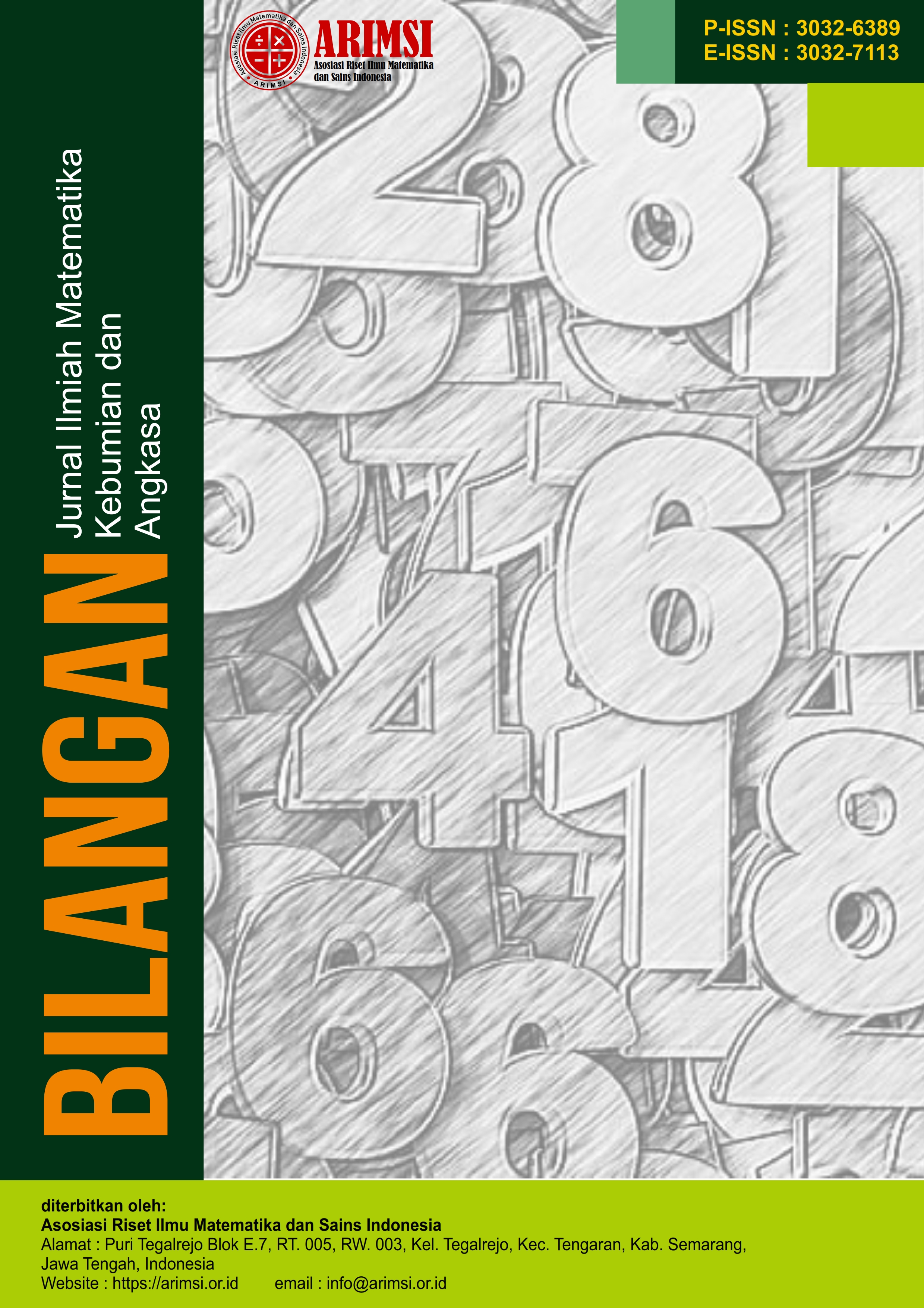Pengelompokan Indikator Kemiskinan di Kabupaten/Kota Aceh Tahun 2021 Menggunakan Analisis Klaster
DOI:
https://doi.org/10.62383/bilangan.v2i6.306Keywords:
Analysis, Cluster, Hierarchy, Non-Hierarchical, Indicators, PovertyAbstract
Poverty in Aceh Province is a significant challenge with variation between districts/cities due to differences in access to education, health, job opportunities, and infrastructure. This study aims to group districts/cities in Aceh based on poverty indicators in 2021 in order to produce a more targeted policy basis. The research data consists of 23 poverty indicators obtained from secondary sources. Cluster analysis is applied using hierarchical (average linkage) and non-hierarchical (K-Means) methods to identify poverty patterns between regions. The results of the hierarchical cluster show that there are two main groups, namely the first cluster has low poverty rates, higher education, strong purchasing power, and low unemployment, while the second cluster has the opposite characteristics. The non-hierarchical analysis (K-Means) produced five clusters with significant differences in poverty levels, labor force participation, education, and economy. These findings provide a basis for the Aceh government to design poverty alleviation policies that focus on the specific needs of each cluster to accelerate the improvement of welfare in all districts/cities in Aceh Province.
Downloads
References
A. D. N., H. N. R., R. E. E. C., & Dodiet A. S. (2021). Buku ajar statistika. Penerbit Adab.
AMRUDDIN. (2022). METODOLOGI PENELITIAN KUANTITATIF. CV PRADINA PUSTAKA GRUP.
C., N., A. D., I. W. G., & dkk. (2024). Analisis data penelitian. Cendikia Mulia Mandiri.
D. N., P. A., & A. A. (2020). Leading indicators kemiskinan di Indonesia: Penerapan pada outlook jangka pendek. TNP2K.
I. H., M. B., & dkk. (2024). Analisis data kuantitatif dengan program R. CV Ruang Tentor.
Mustika, Y. A., A. M., & dkk. (2011). Data mining dan aplikasinya. Widina.
R., A., Syafi, & S. H. (2021). Kesejahteraan dan indikator kunci pembangunan. Merdeka Kreasi Group.
R., M., H. J., & D. P. (2022). Perekonomian Indonesia. CV Jejak.
R., R., M. K., S. R., A. Y., Sunardi, W. M., & G. E. (2021). Kupas tuntas algoritma clustering: Konsep, perhitungan manual, dan program. ANDI.
Salim, M. I. (n.d.). Model regresi nonparametrik dengan pendekatan deret Fourier untuk menganalisis tingkat pengangguran terbuka. Irawan Massie.
Santoso, S. (2018). Mahir statistik multivariat dengan SPSS. PT. Elex Media Komputindo.
Sari, R. M. (2024). Metode clustering untuk penyakit berbahaya. PT. Serasi Media Teknologi.
Siregar, S. (2017). Statistika terapan untuk perguruan tinggi. Kencana.
Sugiarti. (2019). Analisis kemiskinan Kabupaten Mojokerto Tahun 2019. Universitas Sebelas Maret Press.
Sukmawati, A. S. (2023). Metode penelitian kuantitatif. PT. Sonpedia Publishing Indonesia.
Sumanto. (2014). Statistik deskriptif. PT. Buku Seru.
Zahediasi, G., &. (2018). Normality test for statistical analysis: A guide for non-statisticians. International Journal of Endocrinology and Metabolism.
Downloads
Published
How to Cite
Issue
Section
License
Copyright (c) 2024 Bilangan : Jurnal Ilmiah Matematika, Kebumian dan Angkasa

This work is licensed under a Creative Commons Attribution-ShareAlike 4.0 International License.





